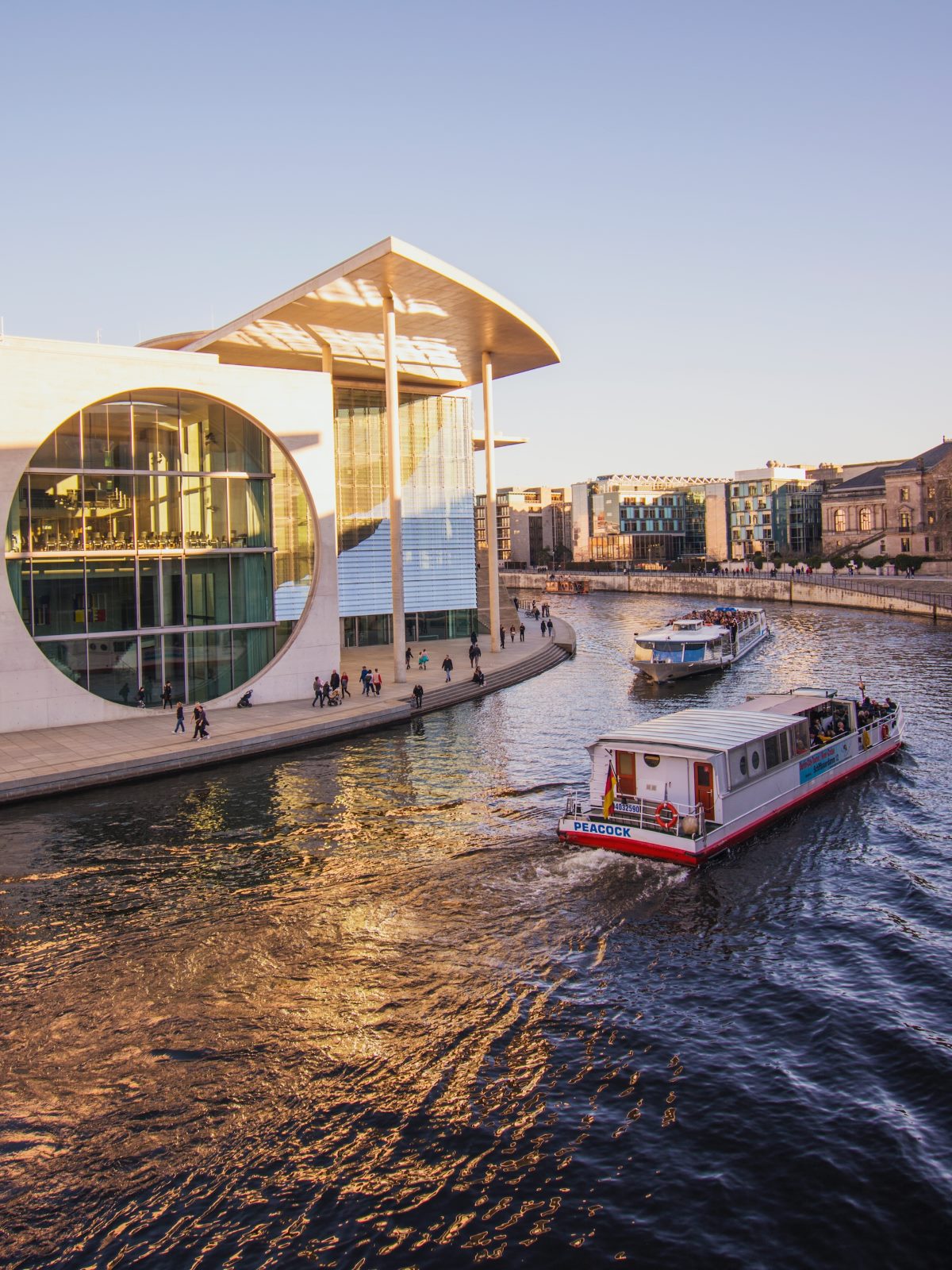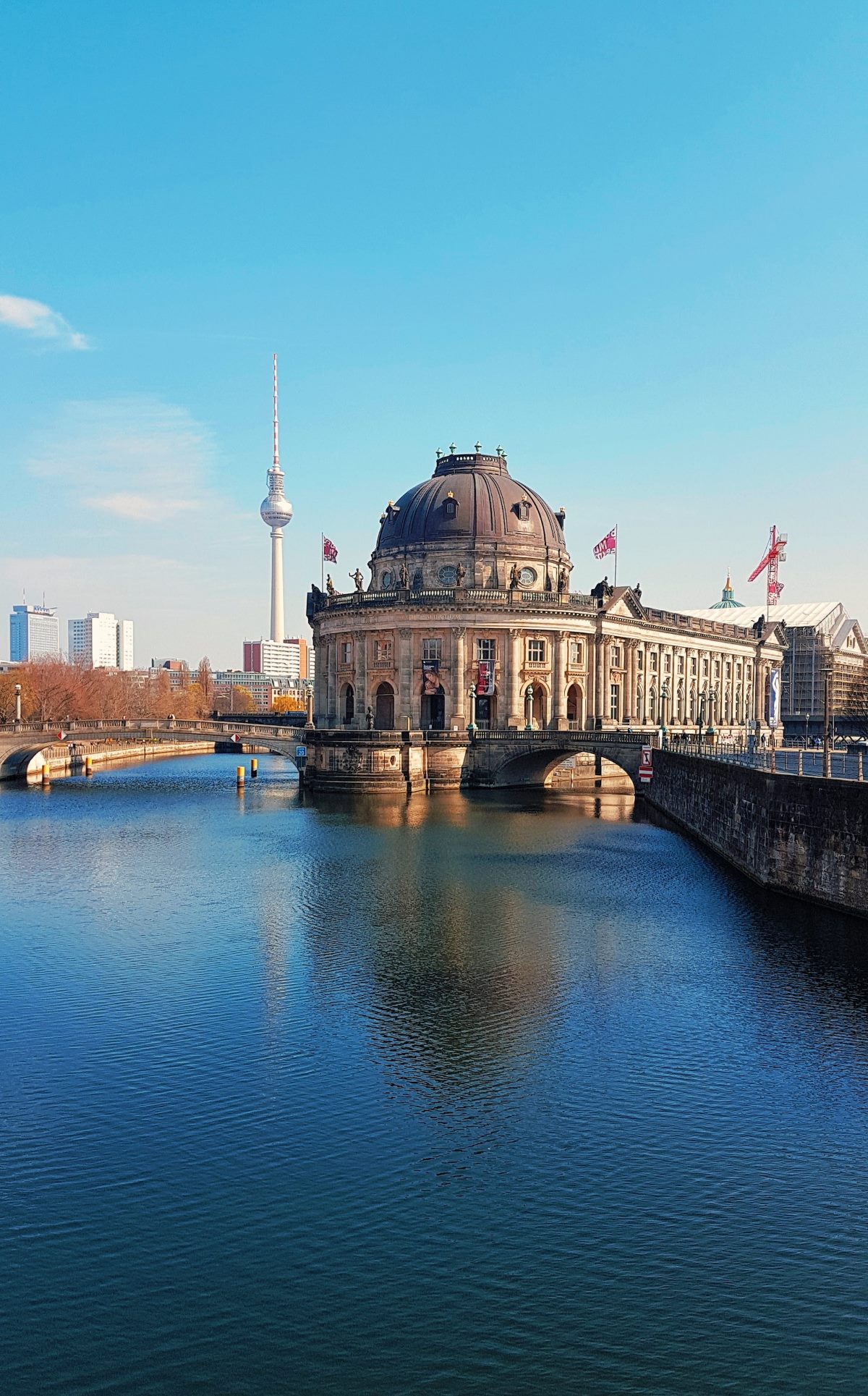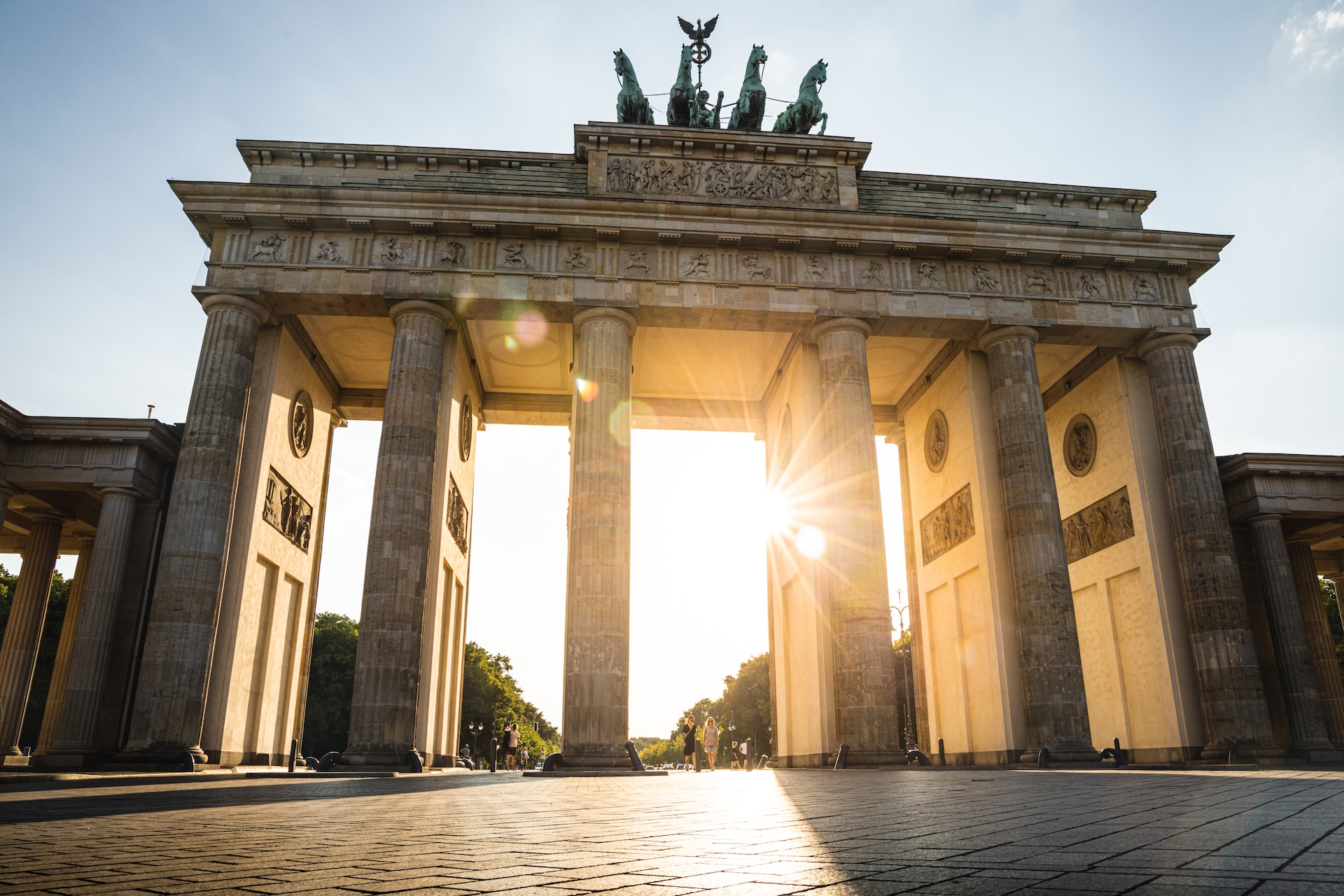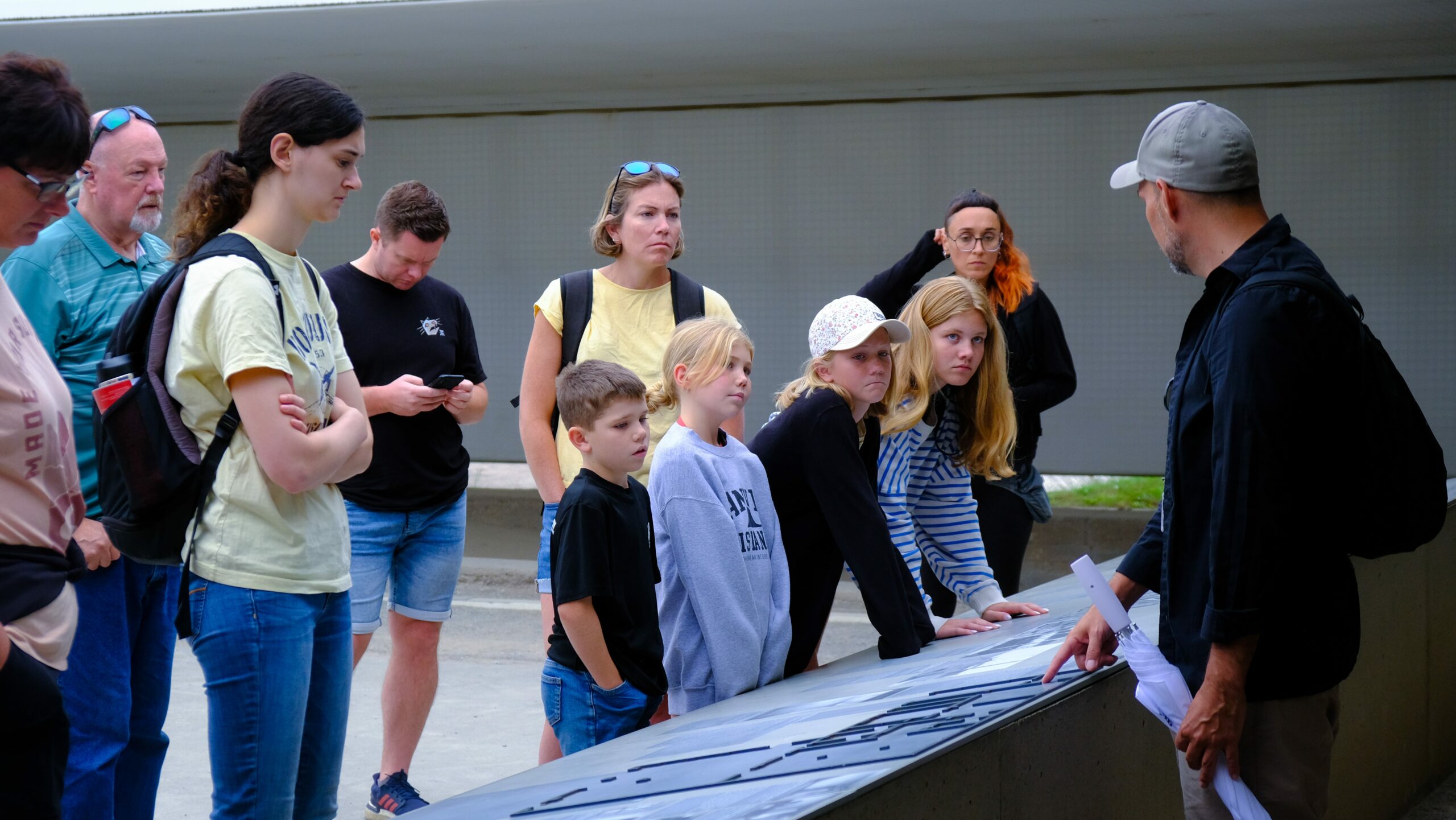During the Cold War of the 1940s and 1950s, the Berlin Wall was erected as a physical barrier to separate East and West Berlin. Built by the German Democratic Republic (GDR) to stop people from fleeing East Germany to West and stop the West imposing its influence into East Berlin.
The Construction of the Berlin Wall
The Berlin wall was constructed in August 13, 1961. The system of barriers included concrete walls, barbed wire fences and guard towers. By effectively surrounding the whole of West Berlin, the wall separated West Berlin from East Berlin and the rest of East Germany.
The Geography of the Berlin Wall
Berlin Wall is approximately 155 kilometers long and separated Berlin into two territories. The walls consisted of two parallel concrete walls, with a “death strip” between them that had been planted with sand, gravel, anti-vehicle trenches, and was also covered with anti-vehicle trenches, making it hell for any possible escape attempt.
There were also a number of watchtowers on the wall and armed guards were stationed there, to keep an eye out for traffic, and bars persuing unauthorised access across the wall. Then, these guards were given orders to shoot at anyone who tried to flee the East.
The Impact of the Berlin Wall
The Berlin Wall had tremendous influence on Berlins people and the whole world. People in East Berlin were denied the freedom of democratic choice and economic opportunities and families and friends were separated.
The construction of the wall also should be seen as a separation of the capitalist West from the communist East, mirroring the overarching context of the Cold War. Such was a semi-physical manifestation of the Iron Curtain, the invisible line separating Western Europe from the Eastern Bloc.
The Fall of the Berlin Wall
But the Berlin Wall, the place where conflict ruled throughout those years of protests and changing political landscapes, finally fell on November 9, 1989. The event was a historic event, and it sparked the unification of East and West Germany.
The Berlin Wall fell due to the intensifying pressure by the international community, people of East Germany wanting for freedom and other related political changes in the Soviet Union. It was a powerful symbol of the end of the Cold War and the fall of communism in Eastern Europe.
The Legacy of the Berlin Wall
Today, patches of the Berlin Wall remain as a record of the city’s past in two parts. Visiting the Berlin Wall Memorial at Bernauer Strasse, at Bernauer Strasse, one can gain insight into the history of the wall and that of those who suffered by it. It represents the challenges and success of the German people during the Cold War.
Conclusion
The Berlin Wall was a physical barrier that divided Berlin almost three decades. It stood for divide between East and West, communism and capitalism, and of suppression of personal freedoms. It is a monumental construction and a final fall in history as it led us to a reminder of the might of unity and the strength of spirit.
Table of Contents




